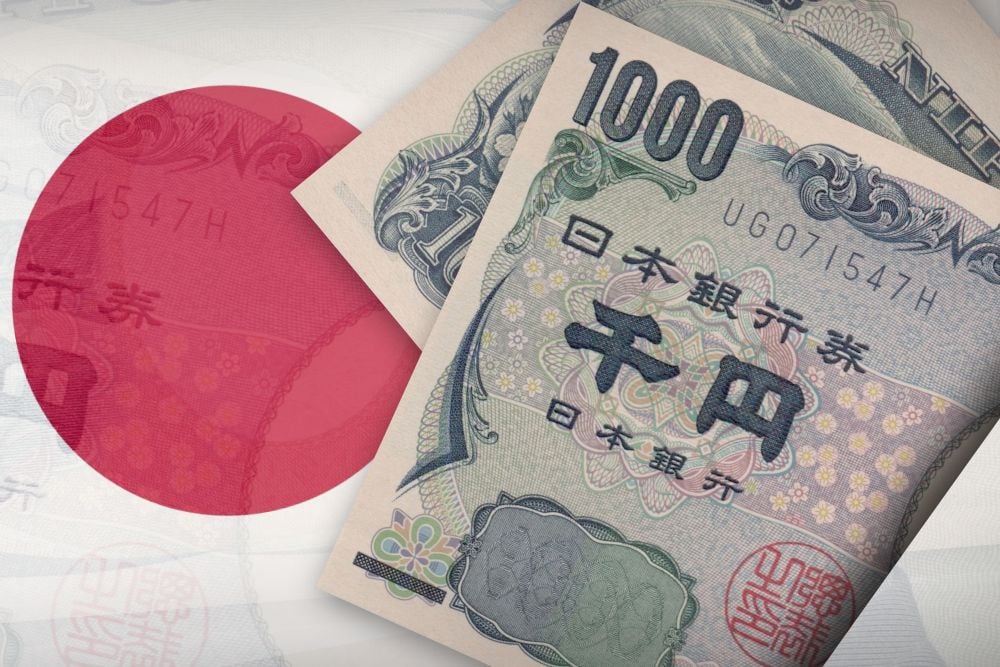Hong Kong’s exchange traded fund (ETF) market experienced strong growth in 2020, achieving an all-time-high AUM of more than US$50 billion, attracting a five-year high in net inflows of over US$5 billion, and robust listing activities.
This growth was driven in large part by a series of market structure enhancements introduced by Hong Kong Exchanges and Clearing Limited (HKEX) as we execute on our strategy to become Asia’s ETF marketplace. At HKEX we expect these enhancements will accelerate even greater growth in our ETF market in the coming years.
The recent series of market structure enhancements were aimed at increasing trading liquidity and reducing trading spreads of Hong Kong-listed ETFs. On June 1 2020 we rolled out a new continuous quoting (CQ) market-making regime that requires all market makers to continuously provide two-sided quotes at prescribed size depth, measured in dollar terms, and spread width, measured in percentage terms, for 80% of the trading day.
The second major change was a new spread table that reduced tick sizes across the board which in turn reduced the minimum achievable spreads by 50% to 90%.
The combination of these two initiatives caused trading spreads to narrow by at least 10% in more than 70% of Hong Kong-listed ETFs. Most notably, trading spreads for ETFs investing in Hong Kong and China stocks reduced by over 50% and 25%, respectively, while the spreads of ETFs denominated in US dollar reduced by more than 40%. As a result, investors saved more than HK$825 million in trading cost by the end of 2020.
The new spread table and CQ requirements were only the beginning of a series of enhancements made in 2020 to improve Hong Kong’s ETF market.
Following HKEX’s changes, the Hong Kong SAR government introduced a stamp duty waiver for ETFs listed on HKEX investing in Hong Kong stocks. By trading ETFs of this variety on HKEX, institutional investors can save up to 10bp in costs, a savings that can only be captured through HKEX-listed ETFs. For example, institutional investors trading ETFs tracking the Hang Seng Index or MSCI China Index can save up to 10bp and 5bp in transaction cost, respectively.
These changes have improved market quality by increasing liquidity and reducing costs, and are expected to attract more institutional investors from South Korea, Taiwan and Singapore to trade more of their ETF allocations in Hong Kong rather than in the United States, the previously preferred market.
HKEX is planning further enhancements in 2021 to improve market efficiency, reduce costs, and further internationalize the ETF market. A particular area of focus is developing the fixed-income ETF space. Unlike equity investors who emphasize price return, fixed-income investors generally focus on yield. Therefore, fixed-income ETFs warrant a set of fee schedules that are different from equity ETFs, so as to help investors preserve yield. We are excited to see changes coming on this front, making 2021 the year for fixed-income ETFs in Hong Kong.
The ETF market enhancements introduced by HKEX in 2020 have set a foundation that enables years of growth, making Hong Kong a globally competitive regional ETF marketplace where international investors can trade Asia, in Asia.
Brian Roberts is head of exchange traded products at HKEX.









